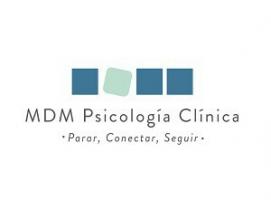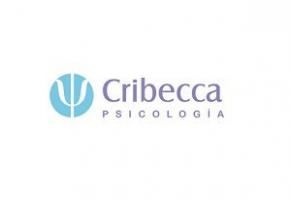Aprosexia: symptoms and causes of difficulty maintaining attention
The relationship between sleep disorders and attention deficits has long been studied in medicine. One of the first concepts that were used to refer to this relationship is that of "aprosexia", which is used specifically to link nasal obstructions with sleep disorders, and from there, with cognitive difficulties during wakefulness.
Next we will see what aprosexia is, where it comes from and how this concept has evolved to date.
- Related article: "Selective attention: definition and theories"
What is aprosexia?
The term "aprosexia" is made up of the prefix "a" which indicates "lack of", and the compositional element "prosexia" which can be translated as "attention". In this sense, aprosexia refers to lack or inability to pay attention.
It is a term that became popular at the end of the 19th century, when a doctor named Guye, attached to the University of Amsterdam, carried out a work entitled "On aprosexia: the inability to pay attention, and other problems of brain functions, caused by disorders nasal ”.
A century before Guye, physicians like John Jacob Wepfer had described severe headaches, tremors, and memory deficits in relation to nasal obstructions. Likewise, in 1882, a doctor named Hack suggested that nasal conditions could be studied from a psychiatric point of view.
But it was finally Huye, in 1889, who introduced the term "aprosexia" to refer specifically to memory deficits and the inability to concentrate for long periods; whose main cause was a nasal obstruction. He studied this mainly in children and young students.
In the same year, William Hill had also concluded that shortness of breath was the underlying problem in the development of intellectual disability in some children. For Guye, aprosexia had a physiological character, as it resulted from a brain fatigue in turn caused by nasal disorders.
But for Hill, it was not the nasal obstruction in itself that resulted in difficulty paying attention. Rather, it was that the nasal obstruction meant that the children could not sleep well, and for this reason they did not perform with sufficient alertness and energy during the day.
Both Hill and Guye argued that treating nasal obstructions medically, through surgery or other medical treatments, could be an effective remedy for inattention. They also argued that it was necessary to make accurate diagnoses in cases in which a shortness of breath at night was causing difficulty performing various skills intellectuals.
- You may be interested: "How to avoid mental fatigue, in 10 keys"
Nasal obstruction and sleep disorders
After Guye, in 1892, another doctor named Carpenter linked sleep disorders to nasal obstructions. For example, hypertrophic rhinitis was related to insomnia and nightmares, and thus, to difficulty paying attention and retaining information while awake. Another physician, William Fleiss, described 130 such cases, calling them "nasal neuroses." His main symptoms were insomnia and nightmares.
It was finally Wells who in 1898 described 10 cases of people suffering from nasal obstruction, and who reported daytime sleepiness. After restoring their breathing, within a few weeks these people recovered from symptoms such as insomnia, drowsiness, and reduced listening skills.
In conclusion, these studies showed that nasal breathing plays an important role in the maintenance of automatic sleep rhythms, which in turn, is relevant to keep us sufficiently alert during the day.
- Related article: "Top 11 Attention Disorders (and Associated Symptoms)
Sleep apnea syndrome and attention deficit
What was previously known as aprosexia, is currently called Sleep Associated Respiratory Disorders (SAD) and encompasses the following clinical pictures:
- Obstructive hypopnea.
- Increased resistance in airways.
- Obstructive Sleep Apnea Syndrome (OSAS).
The latter can manifest as a complete obstruction or as a partial obstruction with hypoventilation. Among the main causes of mechanical obstruction is hyperplasia (enlargement of an organ) of the tonsils and adenoids.
Recent studies have shown that there is a comorbidity between attention deficit and breathing problems during sleep, especially caused by OSAS (Torres Molina and Prego Beltrán, 2013). That is to say that nasal obstructions can dramatically affect breathing during sleep. In turn, impaired sleep results in decreased alertness during wakefulness.
For the same reason, one of the elements to take into consideration when trying to determine or rule out a diagnosis of deficiency of attention, it is to corroborate if there are respiratory disorders associated with sleep, since the approach, if they do exist, may be different.
Bibliographic references:
- Guye, Dr. (1889). On aprosexia, being the inability to fix the attention and other allied troubles in the cerebral functions caused by nasal disorders. The British Medical Journal, pp. 709-710.
- Hill, W. (1889). On some causes of backwardness and stupidity in children: and the relief of these symptoms in some instances by naso-pharyngeal scarifications. The British Medical Journal, pp. 711.
- Laive, P. (1983). Nasal Obstructions, Sleep and Mental Function. Sleep, 6 (3): 244-246.
- Torres Molina, A. and Prego Beltrán, C. (2013). Attention deficit disorders and obstructive sleep apnea syndrome in children. Medisur, 11 (1): 61-68.


